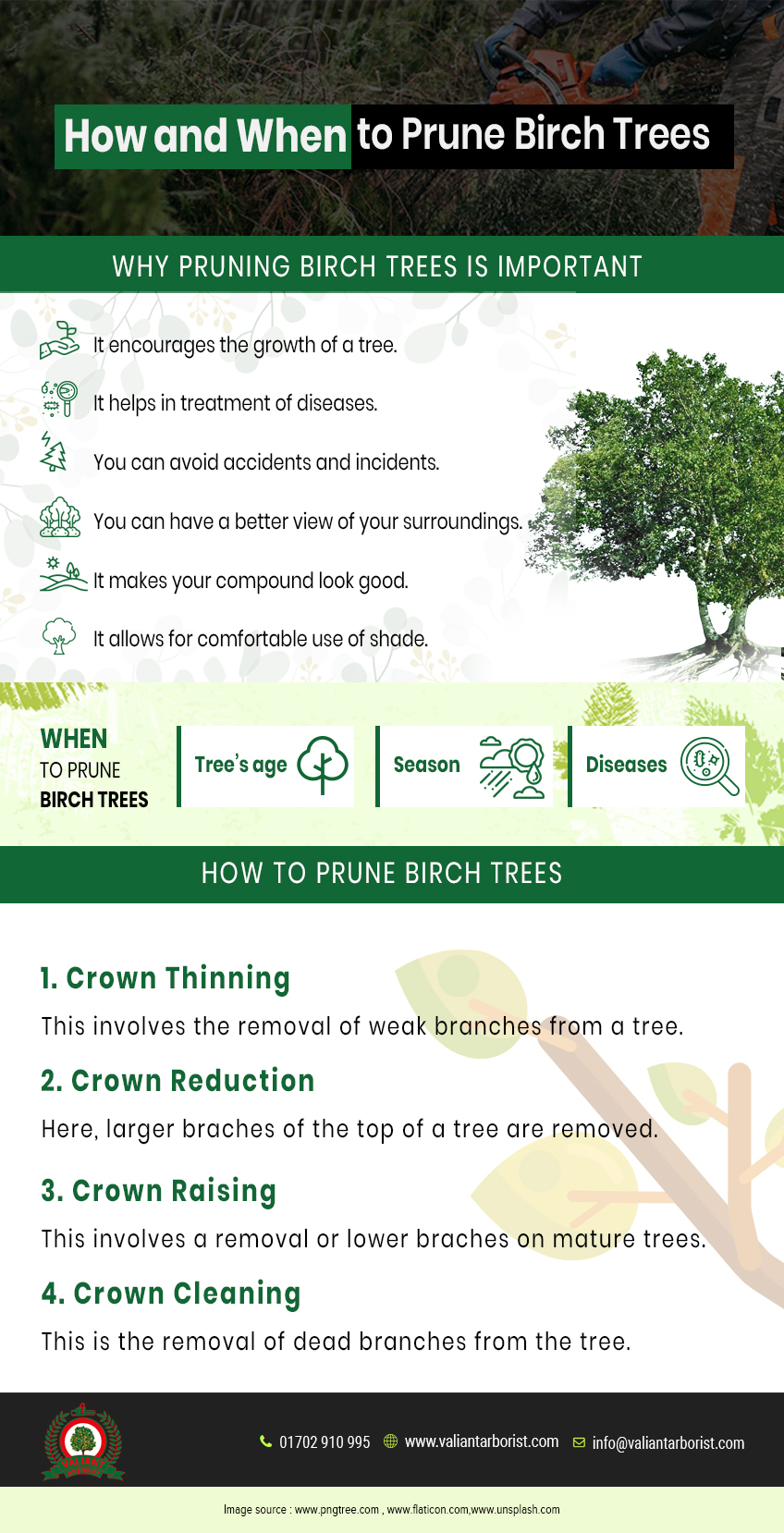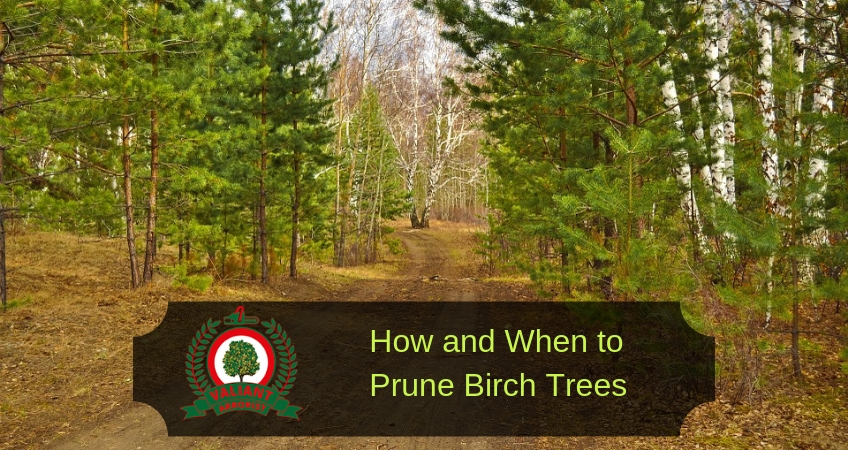Birch trees are loved for their graceful foliage and attractive bark characteristics. They come in different species and varieties, giving you an opportunity to choose the type of tree that suits your landscape. Nonetheless, you need to take the necessary measures to keep them healthy. Besides selecting the right site, watering, mulching, and fertilizing, you are expected to prune birch trees regularly. How can this be achieved? Well, this articles gets into the details.
Why Pruning Birch Trees Is Important
Pruning is a practice of trimming a tree by cutting off dead and overgrown branches. It is vital because:
- It encourages the growth of a tree. Dead branches and stems stand in the way of birch tree’s growth. They take up the resources and space, making it hard for the healthy braches and roots to thrive.
- It helps in treatment of diseases. By removing the diseased and decays parts of a tree, you will have ascertained that the disease does not spread to other areas. It also exposes some parts of the tree to sunlight, helping minimize the disease’s incidence.
- You can avoid accidents and incidents. Overgrown braches can be blown away by the wind during storms and rainy day. They may end up hitting children in the backyard or even damaging your property.
- You can have a better view of your surroundings. As you learn how to trim a river birch tree, you will be opting to see your natural environment in a better way.
- It makes your compound look good. Overgrown braches will create undesirable sight in your home. It is only after trimming river birch and other varieties that you will be in a position to create an appealing look. In any case, a healthy tree ushers in life and hope in any place.
- It allows for comfortable use of shade. This is achieved after removing braches that are close to the ground.
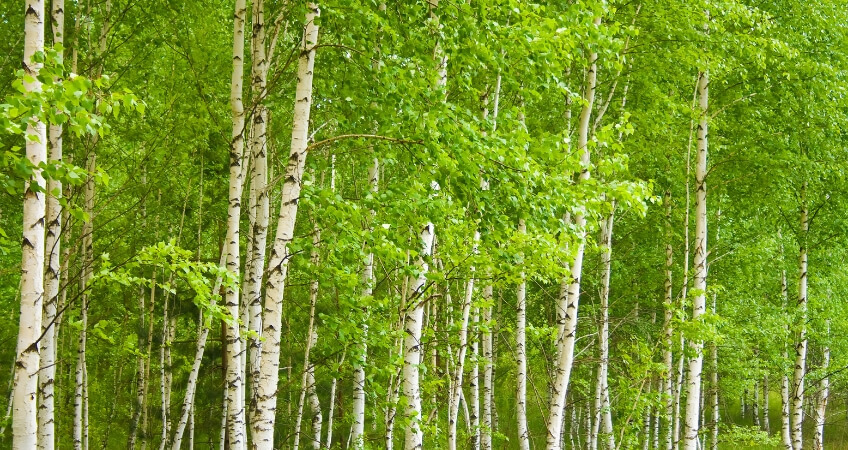
When To Prune Birch Trees
The right time to trim birch trees is determined by the following aspects:
Tree’s Age
Many people wait for a long time before starting to prune birch trees. However, best results are achieved when you start early. These trees grow fast to end that they can reach a height of 90 feet and spread as far as 60 feet if not trimmed in time. You will easily shape it, and thus give the look that works for your landscape.
Season
While thinking of the best time to trim birch trees, you will realize that sap is found on birch trees during winter and spring. Given this, you should wait until summer and later spring to trim it. This will help you to avoid an excessive overflow of sap. Most arborists will tell you to identify seasons when the tree is dormant for pruning.
Diseases
You must not wait for a given season to prune birch tree when you notice signs of diseases on the branches. Start the process immediately and ensure that the saws and other equipments are disinfected. The branches should be cut back to the major limb.
Note that when pruned at the right time, you will have eliminated the chances of insects laying their eggs on the tree. Most of them depend on the sap for breeding. Further, cut the dead branches at any time of the year because sap loss and healing time are not an issue of concern in these instances.
How to Prune Birch Trees
Typically, there are four ways of pruning trees namely:
Crown Thinning
This involves the removal of weak branches from a tree to ensure that the stronger braches get more sunlight.
Crown Reduction
Here, larger braches of the top of a tree are removed to reduce a tree’s height. It should only be done when it is absolutely necessary.
Crown Raising
This type of pruning involves a removal or lower braches on mature trees.
- Find the right tools. The first ones to find in the regard are the long-handled pruning shears. They can be categorized as ratchets, bypass, and anvil. Of the three, bypass is more popular and can be used to cut off growing stems. Anvil pruners help in removing dry branches and stems. Ratchet pruners feature a technique that cuts in stages. It is helpful when you do not wish to strain your wrist.
- Find the right tools. The first ones to find in the regard are the long-handled pruning shears. They can be categorized as ratchets, bypass, and anvil. Of the three, bypass is more popular and can be used to cut off growing stems. Anvil pruners help in removing dry branches and stems. Ratchet pruners feature a technique that cuts in stages. It is helpful when you do not wish to strain your wrist.
- Find the right tools. The first ones to find in the regard are the long-handled pruning shears. They can be categorized as ratchets, bypass, and anvil. Of the three, bypass is more popular and can be used to cut off growing stems. Anvil pruners help in removing dry branches and stems. Ratchet pruners feature a technique that cuts in stages. It is helpful when you do not wish to strain your wrist.
Crown Cleaning
This is the removal of dead branches from the tree.
When doing river birch tree pruning, there are several steps to consider including:–> Decide which branches to cut. You must be as conservative as possible, so that you do not weaken the tree. Make sure to check out for diseases and dead branches in this process.
If you are not pruning river birch for the first time, select three or five strong and evenly spaced branches from the shoots and hence remove the rest. Do not be overly worried about cutting off these branches because more shoots will develop within one year. Your major focus should be on growing a healthy birch tree.Cut off rubbing and crossing branches from the tree because they crowd the canopy. The tree is unlikely to get the required sunlight for growth. The rubbing will also damage the bark and hence make the tree susceptible to diseases.
While still making a decision on trimming birch trees, it is wise to appreciate that creating a thin canopy must be avoided at all costs. The trees grow best when their leaves are exposed to the sun while the roots remain in the shade.
–> Find the right tools. The first ones to find in the regard are the long-handled pruning shears. They can be categorized as ratchets, bypass, and anvil. Of the three, bypass is more popular and can be used to cut off growing stems. Anvil pruners help in removing dry branches and stems. Ratchet pruners feature a technique that cuts in stages. It is helpful when you do not wish to strain your wrist.
You may also like: Essential gardening tools.
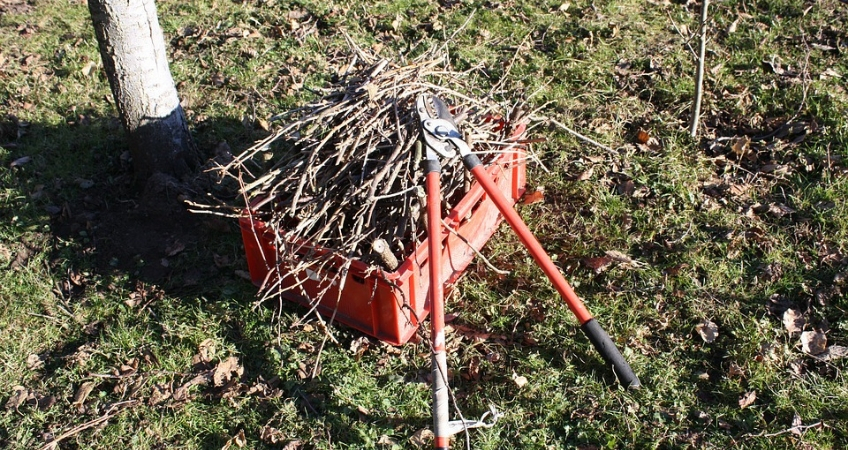
The second type of tool that you should have when learning how to prune a river birch is the loppers. It is perfect for branches of up two and a half inches thick. The blades are thick while the handle is longer than that of hand shears.
Third, you can use hedge shears to prune trees. They are ideal when you are cutting branches of two and a quarter inches thick. Fourth, you can use pole pruners; they be used to reach dead wood in birch trees or during light pruning. Fifth, pruning saws can be used to cuts branches of up to five inches in diameter. They come in different styles.
–> Disinfect Pruning Tools. This step ensures that you do not contaminate the areas you have opted to cut. Use bleach chlorine solution for this process; it must have nine parts of water and one part of the bleach.
–> Locate the Branch Collar and Branch Bark Ridge.It will help you to determine the right place to cut the dead and overgrown branches. The collar is the raised part of the base branch while the bark ridge is located above the branch crotch. You should then cut as close as possible to the trunk so that you can avoid damaging the branch collar and bark ridge.
–> Trim the Damaged and Diseases Parts of the Branches.This is achieved by cutting the lateral braches close to 6 inches above the broken or even diseased area. Avoid the temptation of applying a wound sealant even when the branches show signs of weeping after the cut. It may cause more diseases and growth problems. Instead, ensure that the pruners are well disinfected after every cut.
Need a tree surgeon Essex?
Call: 01702910995
Important Tips to Remember
Always remember that your cutting technique should depend on the results you wish to achieve. For instance, you should cut the tree back approximately 2 inches stub above the ground to force branching in new trees.
Also, it is important to utilize the right angle when cutting. It must be downward angle to ensure that all the water drains off from the open wound. Chances of fungal diseases and rotting will be minimized in this case.
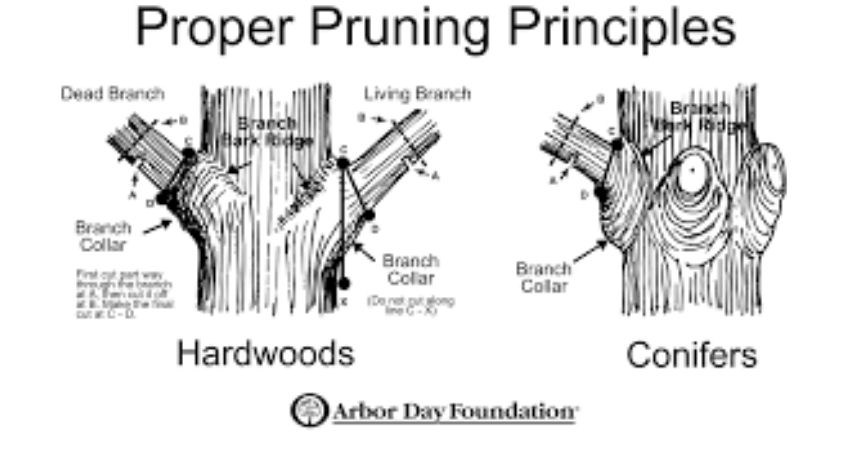
You must not forget to remove sprouts and suckers from the tree. This can be done using your hands. They are likely to weaken the tree since they take up a lot of resources.
Furthermore, be careful when cutting off large branches. They may fall off and cause accidents or even injure the tree. The best way out is to cut them in small sections and tidy up the cuts afterwards. You must come up with markings for every section and use the appropriate tools. While this may take time, it will help you to achieve ideal results in trimming birch trees.
The Bottom Line
You can get healthy and attractive birch trees, if you know when and how to prune them. This requires you to be observant of the season, diseases, and age. Having the right tools and techniques to cut the overgrown, diseased, and dead branches is also important. It is critical to consult the service providers when you are unsure of where to find the supplies and how to go about the process. Fortunately, Valiant Arborist Company is here to help. The Essex-based service providers are experienced and skilled in vegetation management, tree surgery, and grounds maintenance. Quality equipment and machinery is available just to make sure that clients are fully satisfied with all services.
